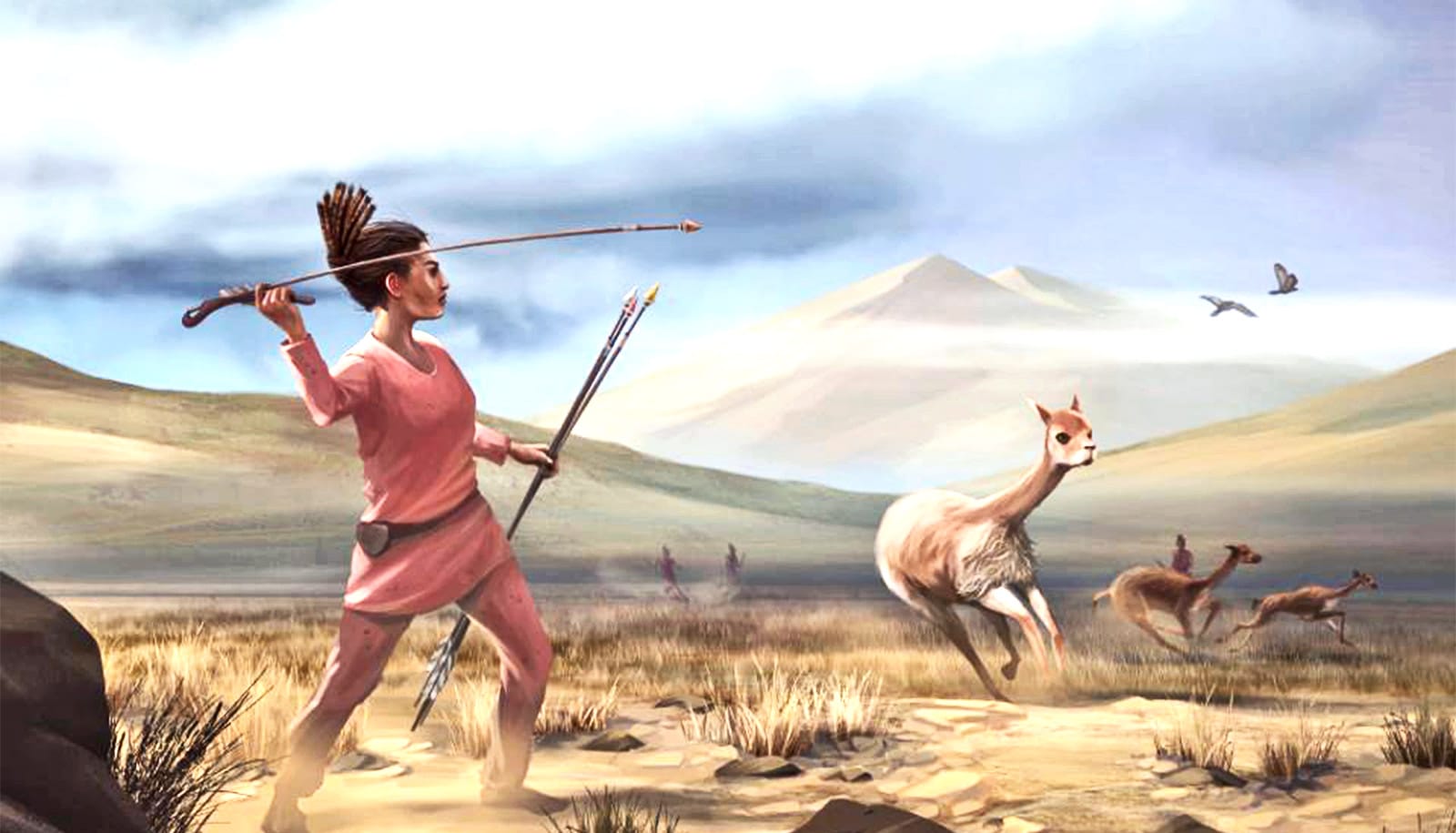Violence was a consistent part of life among ancient communities of hunter-gatherers, according to new research in northern Chile.
Archaeological research has shown that interpersonal violence and warfare played an important role in the lives of hunter-gatherer groups over time. Still, many questions remain about the factors that influenced such violence.
The record of human populations in northern Chile extends across 10,000 years, providing a valuable opportunity to study patterns in violence over time. For the study in PLOS ONE, researchers looked for signs of trauma on 10,000-year-old skeletal remains from burial sites there.
John Verano, a biological anthropologist and professor at Tulane University, specializes in examining ancient and modern human skeletons.
For the study, he collaborated with lead author Vivien Standen of the University of Tarapacá, Chile, to investigate potential cases of skull fractures and their timing. They analyzed whether the injuries had healed or were likely to be fatal and determined if the wounds were accidental or caused by interpersonal violence.
In the study, the researchers examined signs of violent trauma on the remains of 288 adult individuals from funerary sites across the Atacama Desert coast, dating from 10,000 years ago to 1450 CE. The group also analyzed patterns in weaponry and artistic depictions of combat during this time.
They found that rates of violence were surprisingly static over time. However, a notable increase in lethal violence during the Formative Period started around 1000 BCE, a trend also found in similar studies of the Andean region.
Data from strontium isotopes indicate that this interpersonal violence occurred between local groups, not between local and foreign populations.
The results indicate that violence was a consistent part of the lives of these ancient populations for many millennia.
The absence of a centralized political system during this time might have led to the consistency of violent tensions in the region. It’s also possible that violence resulted from competition for resources in the extreme environment of the desert, a factor which might have become exacerbated as farming became more prominent and widespread.
Source: Tulane University


